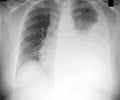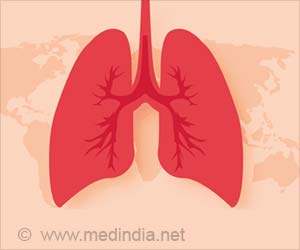The World Health Organization (WHO) has warned that tuberculosis (TB) still remains as the world's deadliest infectious disease, even after averting an estimated 54 million tuberculosis (TB) deaths since 2000.

‘The World Health Organization (WHO) strongly recommends preventive treatment for people living with HIV, and children under five years living in households with tuberculosis (TB).’





The report finds that overall, TB deaths have decreased over the past year, with an estimated 10 million people having developed TB and 1.6 million deaths, including among 300,000 HIV-positive people, in 2017. The number of new cases is falling by two percent per year. However, underreporting and under-diagnosis of TB cases remains a major challenge. Of the 10 million people who fell ill with TB in 2017, only 6.4 million were officially recorded by national reporting systems, leaving 3.6 million people undiagnosed, or detected but not reported.
Ten countries accounted for 80 percent of this gap, according to the report, with India, Indonesia and Nigeria topping the list. Less than half of the estimated one million children with TB were reported in 2017, making it a much higher gap in detection than that in adults.
Treatment coverage, at 64 percent, also lags behind and must increase to at least 90 percent by 2025 to meet the targets of ending TB by 2030.
To urgently improve detection, diagnosis and treatment rates, the WHO and partners launched a new initiative in 2018 to set the target of providing quality care to 40 million people with TB from 2018 to 2022, while predicting that at least 30 million people should be able to access TB preventive treatment during the period.
Advertisement
Next week's UN High-Level Meeting on TB is critical and the WHO, while calling for the health sector to address the risk factors and determinants of the disease, is particularly pushing for commitments at the level of heads of state to galvanize multi-sectoral action.
Advertisement
"We must ensure that we hold our leaders accountable for the actions they promise to take. And we must hold ourselves accountable for keeping the pressure on."
Source-IANS















